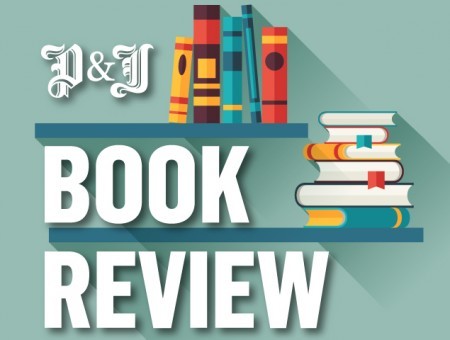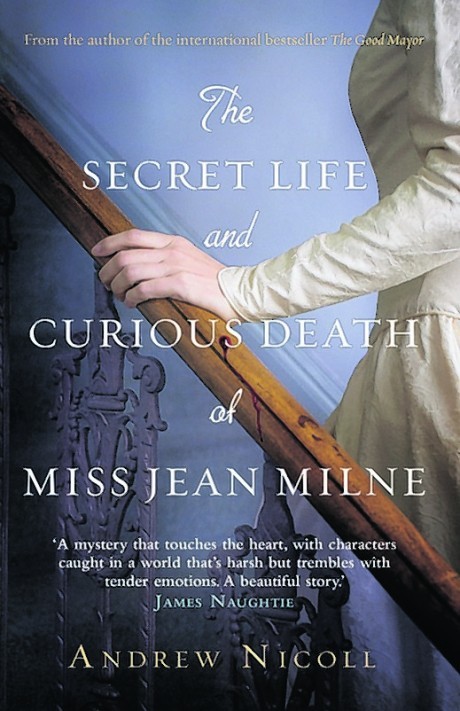Paperback by Black & White Publishing, £8.99
If you grew up in a small Scottish town, there is much to recognise in Andrew Nicoll’s new novel, The Secret Life and Curious Death of Miss Jean Milne.
The close-knit community of Broughty Ferry in 1912 is stunned when the aforementioned Jean Milne, a wealthy spinster living alone in a Victorian mansion, is found viciously murdered in her home.
She seems to be the very model of respectability so, with no obvious suspects, acclaimed detective John Trench is sent to assist a local force struggling under intense pressure to secure a conviction.
As witnesses come forward, the secrets of Miss Jean Milne’s apparently respectable life come to light and reveal the truth of the old adage that you do not always know what goes on behind closed doors.
Based on a true and, as yet unsolved crime, the novel effectively conveys the shock and sensation that a small town feels when one of their own is brutally killed.
Narrated by one of the officers involved in the investigation, the tone is appropriately quaint for the time and the reader is quickly sucked into the story.
Like many real life crimes, there is a reminder of the intense scrutiny that the police come under during such high profile investigations – including a taste of the media attention that violent incidents in small communities inevitably attract.
But Nicoll’s book is a real page-turner and while it does perhaps stretch the imagination, and his “solution” to the crime is a real twist, based on witness accounts, newly-released evidence and newspaper reports from the time.
This book follows on from Nicoll’s highly acclaimed debut novel, The Good Mayor.

